Q: I'm just starting to look into how I can solve this problem. I have a 9-month-old bichon frise, who has given us nothing but joy. Just lately she has begun to snap at children occasionally. We cannot identify a common denominator in any of the instances. She has never snapped at an adult. It has happened a couple of times with children under 5, and twice with children around 10-11 years of age. Her breeder was an older woman, and we got her when she was 6 weeks of age. She has been checked by the vet and is healthy. Other then these few times she is great. I was wondering is this common and is there anything you could recommend as she is the first dog we have ever owned. No one is aggressive with her; if anything she is the queen of the house.

A: A bichon frise is a very small dog, and vulnerable to being pinched, stepped on, squeezed, having her hair pulled, and just being leaned over and frightened by children. Many parents know nothing about how to teach their children to approach and treat dogs respectfully, in ways that dogs can understand. For example, children often try to pat a dog on the top of the head, and all dogs dislike that, especially from strangers, and especially when the dog is small and defenseless; but parents who know very little about dogs may encourage that, and even try to do it themselves.
Children under five are impulsive and awkward in their movements, and often come at dogs in ways that make the dog uneasy, even big dogs. Older children can also be careless and too quick as well, or talk loudly, or even tease the dog, poking at it or flapping their hands.
Your dog is doing her very best, and politely, to say "I don't like what you are doing, please back away." The snap is her only defense; and her fear of being hurt is perfectly realistic, especially with children under five.
There is a website about safety with dogs and children, www.doggonesafe.com. They carry an excellent board game and other teaching materials to explain how dogs think and feel and how to teach children to treat dogs appropriately. Their materials might be helpful to you in learning to ‘read' your dog's concern and help her out, by picking her up, if necessary, before she gets so pressured she has to issue a warning.
However, since you can't retrain all the children in the world I would try to find one or two nice, quiet, well-behaved, dog-sensible children, in the 9- to 12-year-old range, whom your dog could visit and get to know—in brief, five-minute play sessions; so she doesn't get the idea children in general are dangerous.
And then, out of respect for her natural feelings, I would not expect her to have to interact at random with any and every small child, and not at all with toddlers, and babies. And, if the parents can't do it, I would certainly govern the child's behavior myself.
For example, you can say, "Don't pat her head, she doesn't like that. Let her smell your hand." You can pick up the dog, turn her around, and let a small child pat her back or rump; that usually satisfies the child without upsetting the dog. You can teach the dog to sit when a child approaches, and then give the child a treat and, when you click, have the child toss the treat. This also satisfies the child's urge to interact with the dog, and encourages the dog to regard children as positive rather than negative experiences—and to sit when approached, which helps to calm the dog and the child too.
I have small dogs, too. My dogs sit as soon as they see a toddler or small child, hoping for a treat. They wait for the click, instead of helping themselves from little fingers. On the street with strangers I turn the dogs around so the child can pat their backs. And if the child is very rambunctious, we leave.
In my house, if small children are visiting, I let them give the dogs a couple of treats and then, if the children start after the dogs, I put the dogs away until the children leave. My own grandchildren can play with the dogs all they want, but I'm always in the room and watching, and I stop the games if either dogs or kids get too excited. My daughter's Border collie will let a child walk right up to her and take a bone out of her mouth, I've seen it happen. My terrier wouldn't be nearly so pleasant about that; so I put toys and bones away when small children visit.
Sounds to me as if your dog is fine. She just needs your help and management. She's already had enough unpleasant encounters to make her anxious; but you can protect her and turn the situation around, too, before it gets any worse, with a little forethought and lots of clicks and treats for being serene when children are behaving the way they should, around a very small dog.


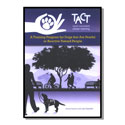
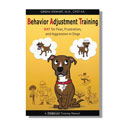
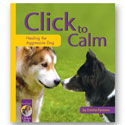
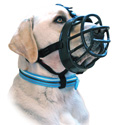
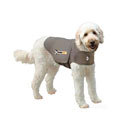

Post new comment